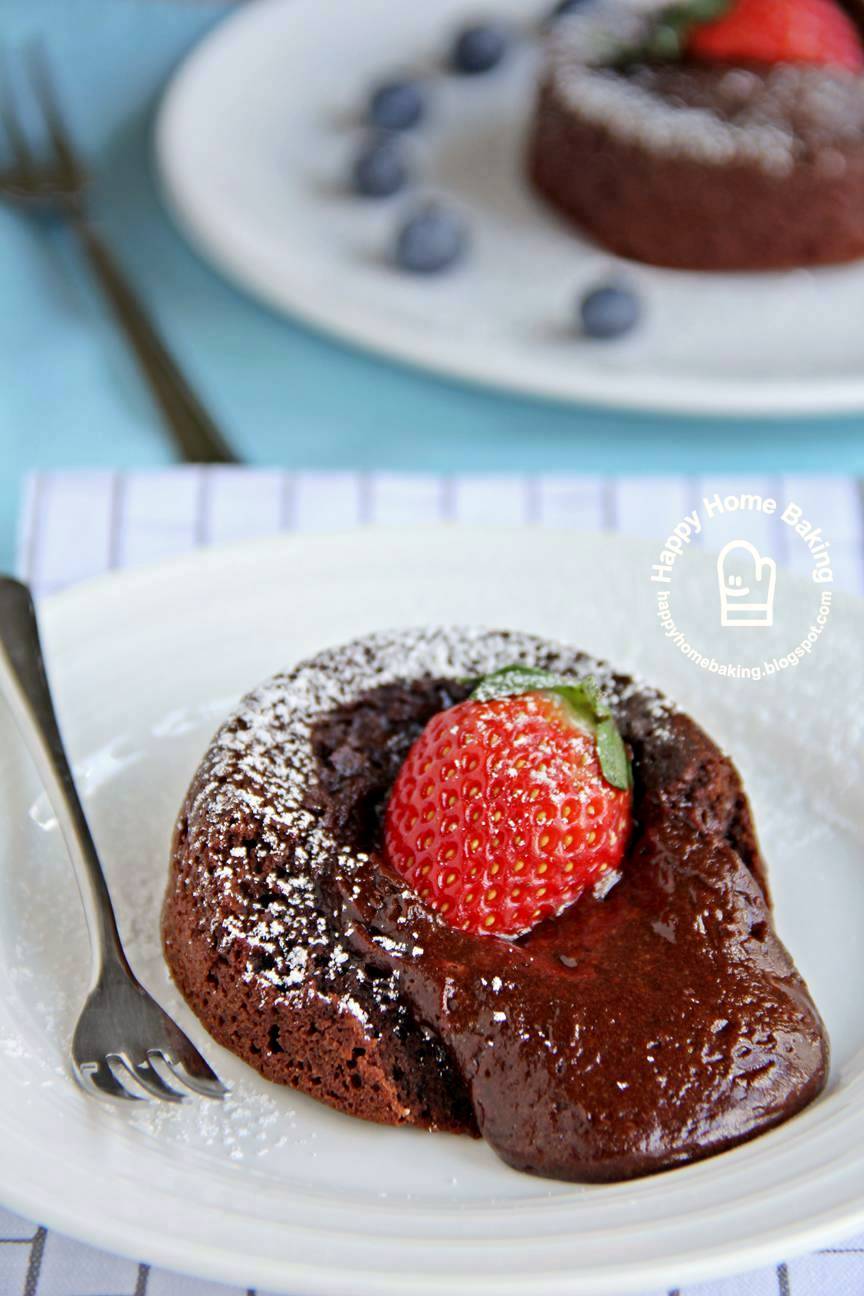It was a quiet and peaceful Christmas eve. There was no Christmas dinner or any junk food party last night. In fact, this is the first time we are not spending the Christmas with my better half. He is away and had to work through Christmas and didn't get the chance to get back to the hotel until the early hours of Christmas day.
Being a positive person, it means I didn't have to prepare anything special for Christmas night. It was a golden chance for me then, to keep myself busy baking on Christmas eve :)
I managed to make a batch of scones and a test batch of hotdog corn bread which I will share in my next post.
I tweaked the original scones recipe from a cookbook to suit the festive mood. By simply adding some ground cinnamon, walnuts and a light dusting of icing sugar, these scones are great to serve on Christmas day. It would certainly be nice if I had some dried cranberries, but too bad I ran out of any type of dried fruits(!) and had to settle with chocolate chips instead. On hind sight, I believe they would be cuter if I had cut them into smaller rounds.
Never judge a scone from its appearance...I am speaking for myself. I was quite certain that I may have to feed the bins with these bricks of doughs when the exterior 'feel' hard and 'rocky'. Due to the ground cinnamon, they appear a little over baked too, giving the false impression that they would probably taste like cardboard, hard and dry. Thank goodness, after the first bite, it proves that my worries are completely unfound! Unlike the crust, the crumbs is soft and tender. The scones are buttery, yet, without leaving any greasing aftertaste. I adore the walnuts, chocolate chips combo and I am so glad that the cinnamon flavour is not too over powering. These scones taste good enough on its own, without any jams or cream. I had two of these big, delicious scones with my cup of breakfast coffee on a lovely Christmas day. I will always remember this morning in years to come, even if my memories fail me, I can always come back to read this post.
Merry Christmas and an early Happy 2014 to all!
I am submitting this to the "Baby Sumo's Christmas Recipes Collection 2013" event which is hosted by Baby Sumo of Eat Your Heart Out.
Christmas Scones
Ingredients:
(makes six 7cm scones)
220g cake flour
3 teaspoons baking powder
1 teaspoon ground cinnamon
30g caster sugar
1/4 teaspoons salt
100g unsalted butter, Cold, cut into small cubes
40g plain yoghurt
1 large egg
1 teaspoon vanilla extract
50g walnuts, coarsely chopped
50g chocolate chips (can be replaced with dried cranberries or raisins)
extra 1 tablespoon milk for brushing
extra whole walnuts to be used as toppings (optional)
Method:
- Mix together yoghurt, egg and vanilla extract in a bowl, set aside.
- Sieve cake flour, baking powder and ground cinnamon into a large mixing bowl. Add in caster salt, whisk to combine.
- Place cold, diced unsalted butter into the mixing bowl. With a fork or a dough scraper, cut the butter into the flour mixture until it resembles coarse crumbs. (It is important that the butter be cold so when it is cut into the flour mixture it becomes small, flour-coated crumbs. If the butter starts to melt away during this process, stop and place the mixture in the freezer for 10-15 mins to prevent the butter from melting further. Continue the process when the mixture is well chilled.)
- Make a well in the centre and add in the yoghurt/egg mixture. Give a few quick stir with a spatula. Add in the chopped walnuts and chocolate chips. Fold with a spatula just a few times to make the mixture comes together to form a shaggy mass.
- Gather up the mixture and place it on a lightly floured surface. Dust hand with flour and give it a few light kneading (not more than 10 seconds) so that it comes together to form a dough. Do Not over work the dough. (Only mix the dough until it comes together. Too much kneading will cause gluten to develop, and the resulting scones will turn hard and chewy. Knead only until the ingredients come together into a combined mass.)
- Pat the dough to about 1 inch thick. Cut out the dough with a lightly floured biscuit cutter (I use a 7cm cutter). Press the cutter directly down and lift it straight up without twisting. Dip the cutter into some flour after each cut. Gather scraps together and repeat until all the dough is used. (For easy cleaning and to prevent sticking, I lined my work surface with cling wrap, it is also easier to lift up the scones after cutting.)
- Place scones on baking tray lined with parchment paper. Brush top with milk and place one whole walnut on top of each scone (optional).
- Bake at preheated oven at 180 degC for about 25mins or until they are well risen and the tops are lightly brown. Serve warm.
*Scones are best served freshly baked. Any leftovers can be kept in airtight container. Brush or spray some water over the scones and warm them in the oven before serving.
Recipe source: adapted from Scones and Biscuits by Morioka Ari























































